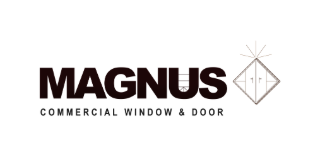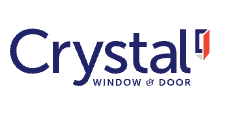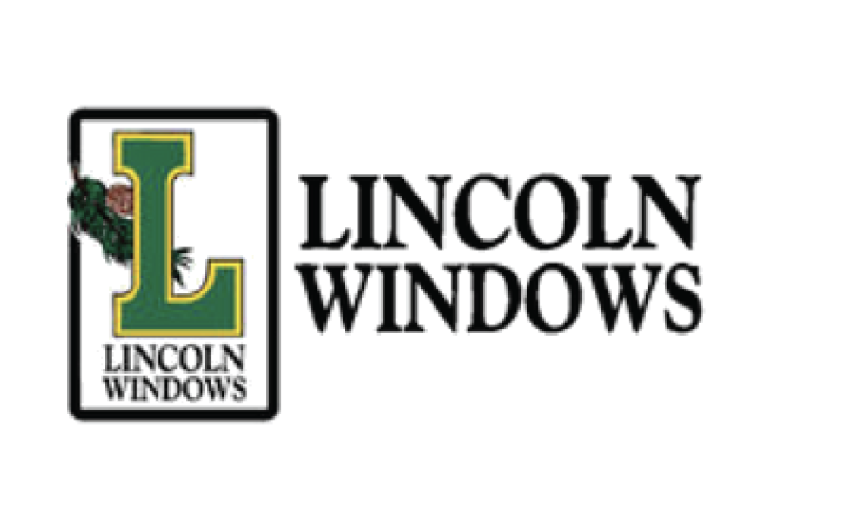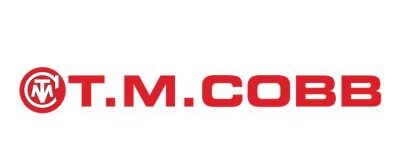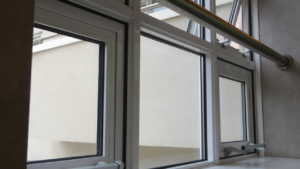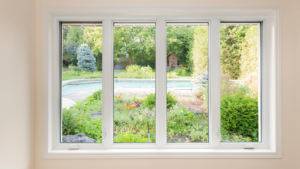Smart windows are rapidly becoming an essential feature in modern architecture. These innovative technologies transform the way we interact with light and temperature inside our homes. Whether in residential or commercial spaces, smart windows offer a wide range of benefits—from reducing energy consumption to enhancing privacy and comfort. In this article, we’ll explore the exciting future of smart windows, dive into the latest technological trends, and look at how this technology is shaping the design of glass and windows.
What are smart windows?
Smart windows, often referred to as dynamic glass or switchable glass, are windows that can change their optical properties in response to various stimuli, such as heat, light, or an electrical current. Unlike traditional windows, which remain static, smart windows can automatically adjust their transparency or opacity to control light, heat, and privacy. These adjustments can happen in real-time, depending on environmental factors or user preferences.
Types of Smart Window Technologies
Several types of smart window technologies exist, each offering different benefits. Here’s a look at the most popular ones:
Electrochromic Windows
Electrochromic windows are one of the most common types of smart windows. They change their tint when an electrical current is applied. And this makes them great for reducing glare and improving energy efficiency. These windows can be manually controlled or automatically adjusted depending on the intensity of sunlight or indoor temperature. Companies like View, Inc. have taken this technology further by creating windows that change tint and integrate with smart home systems for complete control.
- Key Benefits:
- Energy savings by reducing the need for air conditioning and artificial lighting.
- Improved comfort by adjusting sunlight levels throughout the day.
Thermochromic and Photochromic Windows
Thermochromic windows change their tint in response to temperature, while photochromic windows do so in response to light exposure. These technologies don’t require electrical power, making them more energy-efficient in certain applications. The tint adjustment happens passively, depending on external factors like outdoor temperature or the intensity of sunlight.
- Key Benefits:
- Low-maintenance with no electrical wiring required.
- Automatically adjusts to environmental conditions without user input.
Suspended Particle Device (SPD) Windows
SPD windows use a technology that suspends microscopic particles in a liquid. When an electrical current is applied, the particles align, allowing more or less light to pass through. SPD windows offer rapid changes in opacity, allowing for precise control over light and heat transmission.
- Key Benefits:
- Quick and precise adjustments.
- Effective in both residential and commercial spaces where rapid control is essential.
Liquid Crystal Windows
Liquid crystal windows use liquid crystals that can be aligned to become either transparent or opaque when an electrical current is applied. These windows are useful for applications requiring privacy control, since they can turn from clear to frosted at the flip of a switch.
- Key Benefits:
- Excellent for privacy and reducing glare.
- Simple, straightforward user interface for quick changes in opacity.
The Latest Trends in Smart Window Technology
The future of smart windows is bright, with a focus on integrating cutting-edge technology to provide better performance, increased energy efficiency, and enhanced user experiences. Let’s look at some of the latest trends shaping the industry.
Energy Efficiency and Sustainability
One of the most significant advantages of smart windows is their ability to improve energy efficiency. By dynamically adjusting the amount of sunlight and heat that enters a room, smart windows help reduce the need for artificial heating and cooling. This lowers energy bills and contributes to sustainability efforts by reducing a building’s overall carbon footprint. As building owners and homeowners continue to prioritize energy efficiency, smart windows will play a critical role.
- Example: The integration of Building-Integrated Photovoltaics (BIPV) with smart windows is an emerging trend. This combination allows windows to generate solar energy while adjusting their transparency to regulate temperature and light.
Integration with Smart Home Systems
As the smart home industry grows, the demand for windows that integrate with home automation systems is increasing. Modern smart windows are now being designed to seamlessly connect with other smart home devices. Some of these devices include thermostats, lighting systems, and voice-activated assistants like Amazon Alexa and Google Assistant. This integration allows users to control the tint and temperature of their windows, ensuring comfort and energy efficiency with minimal effort.
- Example: Homeowners can now adjust the tint of their windows through a smartphone app, voice command, or home automation system, making smart windows more convenient than ever.
Automotive Applications
Smart window technology is not only reserved for homes and commercial buildings. The automotive industry also embraces these innovations, with manufacturers exploring how smart windows can improve the driving experience. These windows can adjust their tint to reduce glare, improve privacy, and enhance comfort, making them a valuable addition to modern vehicles.
- Example: Automakers are experimenting with windows that can tint automatically depending on the sunlight, keeping the car cooler and more comfortable for passengers.
Ultra-Thin Glass
Another exciting development is the advancement of ultra-thin glass for smart windows. Ultra-thin glass offers improved thermal performance and energy efficiency while maintaining the same transparency and aesthetic appeal of traditional windows. These innovations could make smart windows more accessible and versatile, opening the door for their use in smaller spaces, such as mobile homes and apartments.
- Example: Gorilla Glass, known for its durability in smartphones, is being explored for use in windows to create ultra-thin, energy-efficient glass solutions.
Challenges and Considerations
While the future of smart windows looks promising, there are still some challenges that need to be addressed:
- Cost: Smart windows tend to be more expensive than traditional windows, both in terms of installation and long-term maintenance. However, as technology advances and becomes more widespread, the cost is expected to decrease.
- Durability: Ensuring that smart windows perform effectively over time, especially in extreme weather conditions, remains a concern. Manufacturers will need to ensure that these windows are durable and reliable.
- Standardization: With various technologies available, there is a need for industry-wide standards to ensure consistency and quality across different smart window products.
The Future of Smart Windows
The future of smart windows is undeniably exciting, with constant technological advancements paving the way for more energy-efficient, functional, and aesthetically pleasing solutions. As energy efficiency and sustainability continue to be key priorities, smart windows will become an increasingly integral part of modern building design. With their ability to control light, heat, and privacy, smart windows are poised to enhance both the comfort and energy efficiency of our homes and commercial spaces.
As the technology matures and becomes more affordable, we can expect to see even broader adoption, including in vehicles and public spaces.
Connect with Your Neighborhood Tashman Team Today!
Looking to enhance both the energy efficiency and design of your home or office with the latest in smart window technology? At Tashman Home Center, we offer a wide range of dynamic glass options designed to transform your space while boosting comfort and sustainability. Whether you’re looking to improve privacy, reduce energy costs, or create a more adaptable environment, our smart windows are the perfect solution.
Our knowledgeable team is here to guide you through the process and help you select the ideal windows for your needs, ensuring they complement your space and enhance both aesthetics and performance. Visit Tashman Home Center today and let us help you bring the future of window design into your home with high-quality, energy-efficient smart windows that will exceed your expectations.
